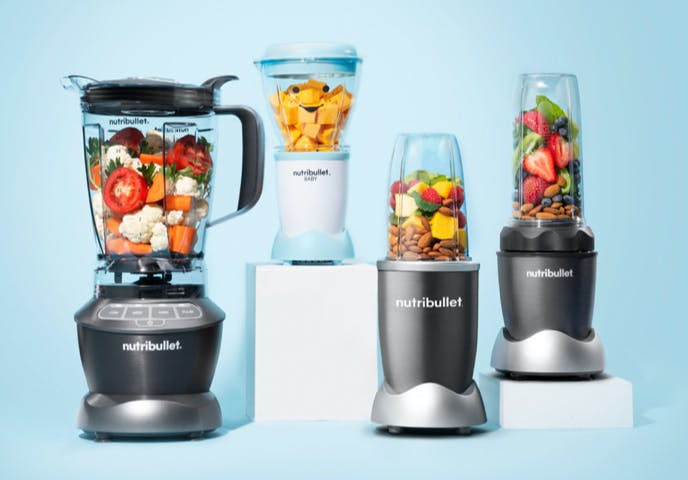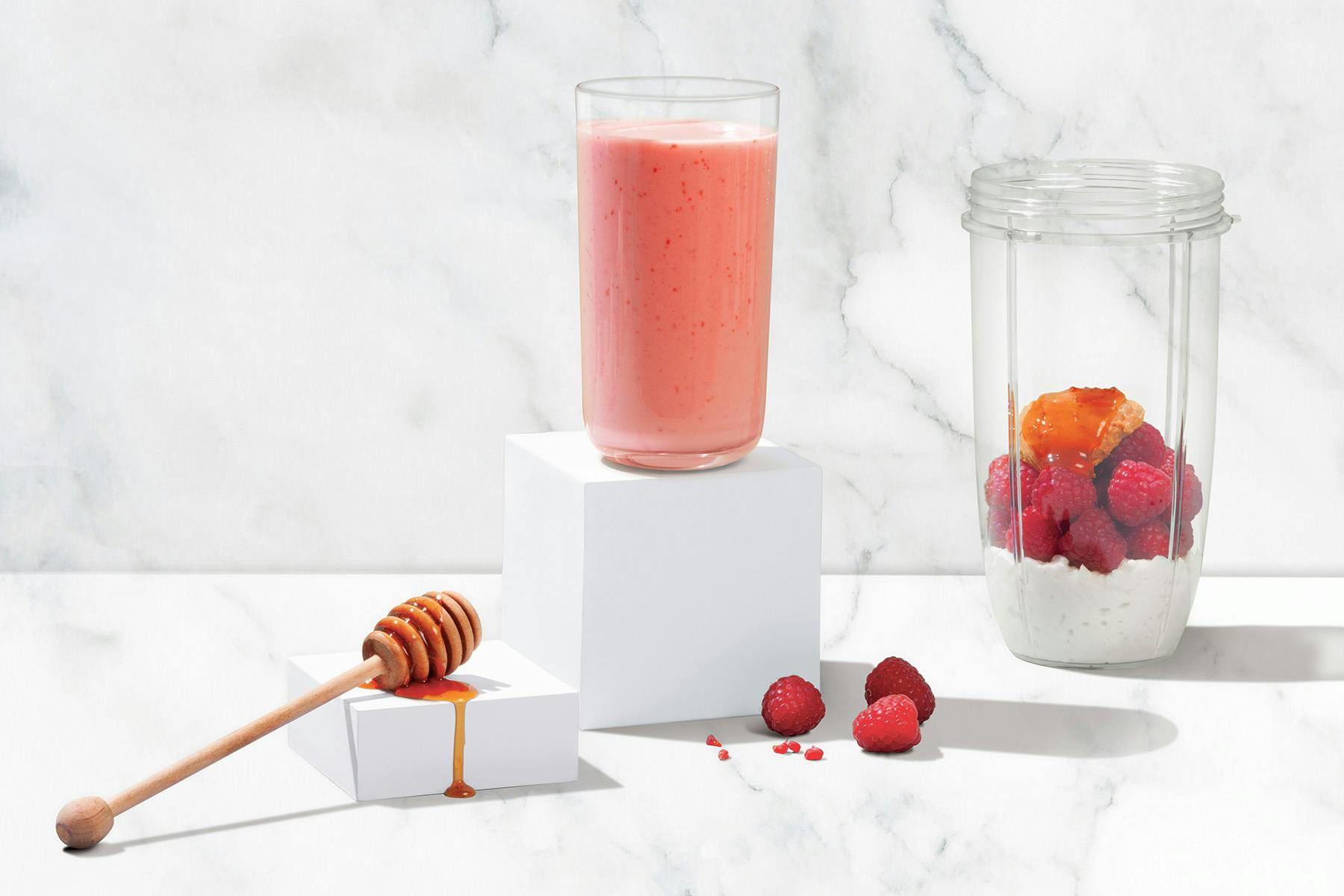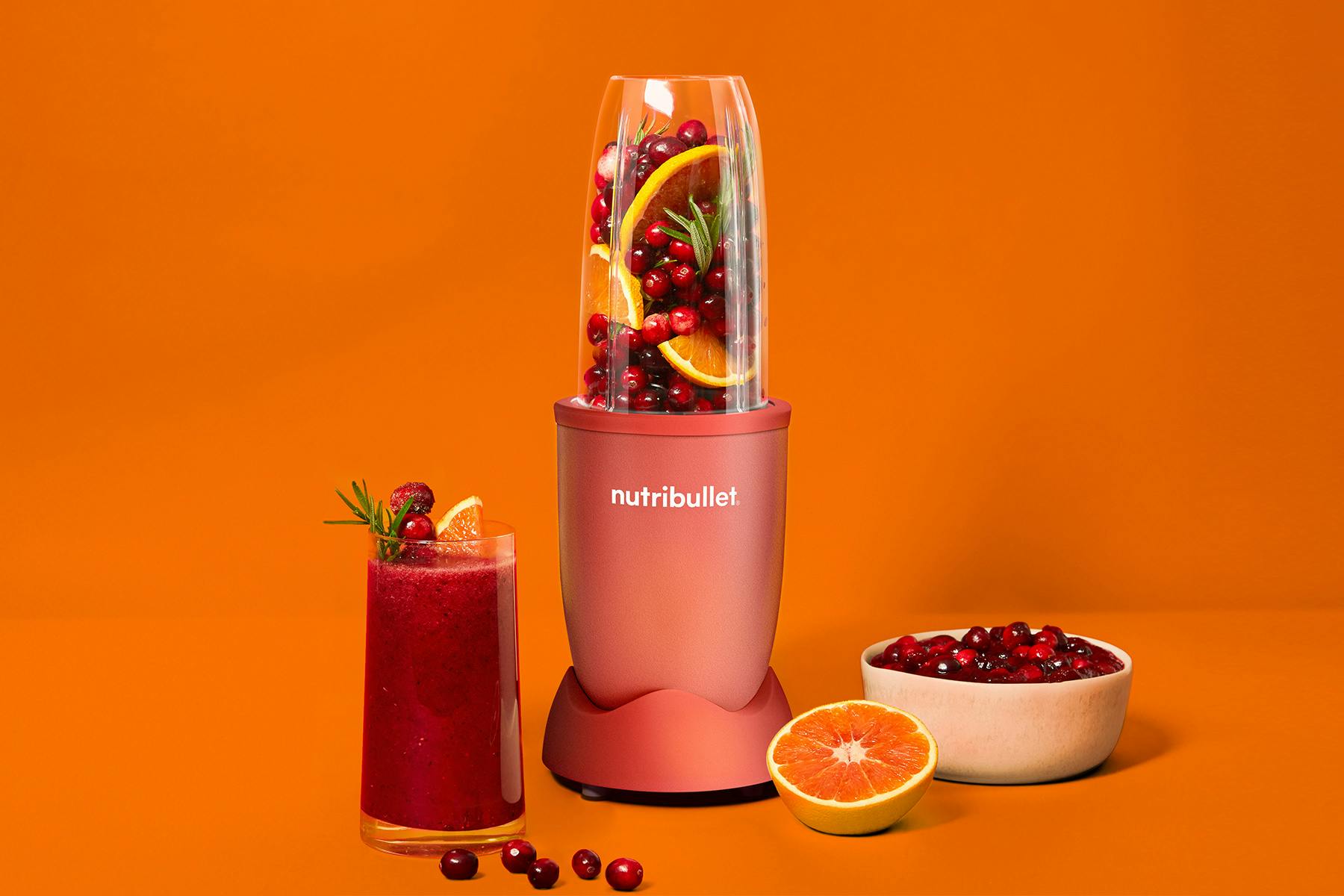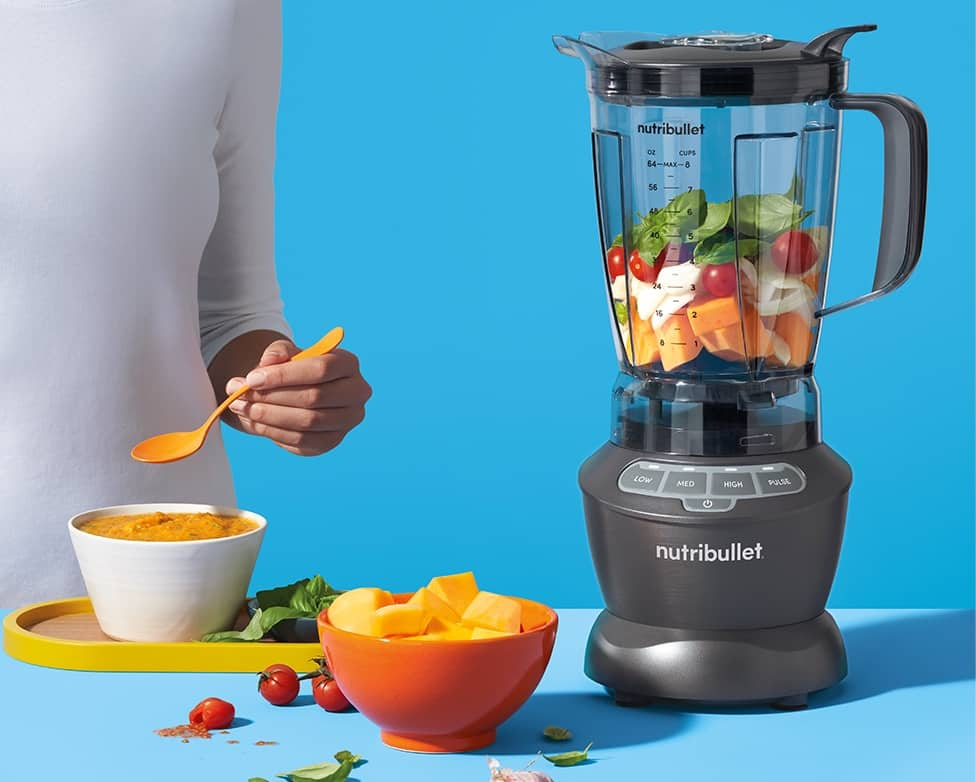It’s a fairly safe bet that for most people, their idea of whole grain is whole wheat bread – and they’re right, it is! But, when we think of adding more whole grains to our diet, it’s important to look beyond whole-wheat products to diversify our nutrient supply.
Here are five whole grains to add to your menu planning ASAP. You may never look at grains the same again.
Amaranth
While not a grain in the botanical sense, amaranth – like quinoa – contains all nine essential amino acids, making it a “complete protein.” The great thing about most grains, in general, is that they’re equally delicious served both savory and sweet. Our recipe for Amaranth Polenta with Steamed Eggs, Mushrooms, and Pea Shoots is a brunch dish that rivals the hippest of establishments.
Barley
With its chewy and nutty taste, barley – which is one of three primary grains that naturally contain gluten (the other two are wheat and rye) – is perhaps most well-recognized for its use in brewing western-style beer. Delicious in savory side dishes and soups, barley (hulled, in particular) is a fiber powerhouse. It’s a source of beta-glucan soluble fiber that can help keep blood sugar levels stable, reduce cholesterol, and boost immune function. 1-2
Bulgur
Sometimes referred to as “Middle Eastern Pasta,” bulgur is a derivative of wheat. Bulgur is made when the wheat kernels are cleaned, boiled, dried, ground by a mill, then sorted by size. Because bulgur has been precooked, it cooks quickly and is a great whole grain to start with if you’re just getting your feet wet.
Millet
A lesser-known ancient grain, millet is one of the world’s oldest cultivated crops. Naturally gluten-free, millet makes a nutritious addition to soups and stews. We also love millet as an alternative to oats in breakfast porridge. Try toasting the dry grains before cooking to enhance the flavor.
Sorghum

While not easily found in most U.S. markets, sorghum is the fifth most important cereal crop in the world likely due to its natural drought tolerance. Aside from being delicious cooked as a whole grain, like in our recipe for Stuffed Squash with Curry Spiced Sorghum, it can also be used as flour in baked goods, or popped like popcorn!
It is important to keep in mind there is no “healthiest” whole grain. All grains, when kept whole, have unique qualities that make them an integral part of a healthy diet. We hope you love cooking new grains and eating them, too!
References
- Garcia-Gimenez G, et al. Barley grain (1,3;1,4)-β-glucan content: effects of transcript and sequence variation in genes encoding the corresponding synthase and endohydrolase enzymes. Nature. 2019. 17250.
- El Khoury, D. Beta Glucan: Health Benefits in Obesity and Metabolic Syndrome. Journal of Nutrition and Metabolism. 2012. 851362.




















